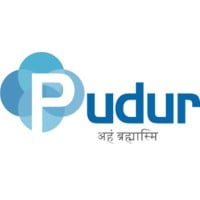
Entekhab Group
Entekhab Group is one of the largest Iranian international holdings which seeks to impact industry and economy of Iran and the world. The impact which more than anything, is derived from updated and localized knowledge and technology which has so far been implemented in most Iranian economic fields. Entekhab Group and those who work for the complex, attempt that Iranian economy and industry to gain the trust of others. Our head office is in Tehran but in countries such as Russia, China, Turkey and the United Arabic Emirates, also we have offices. You can stay with us in the following ways:






